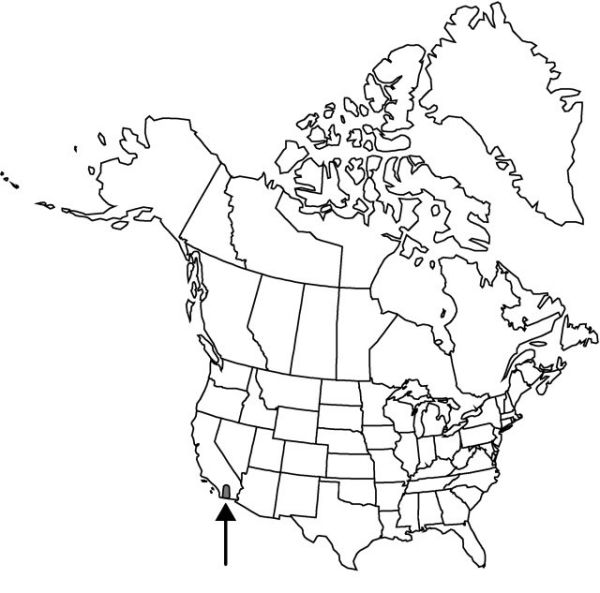Calochortus concolor
Proc. Calif. Acad. Sci., ser. 3, 2: 135. 1901.
Plants usually bulbose; bulb coat, when present, membranous. Stems usually stout, sparingly branching, not flexuous or twisted, 3–6 dm. Leaves: basal withering, 1–2 dm; blade linear, glaucous. Inflorescences subumbellate, 1–4-flowered; bracts opposite pedicel, 4–8 cm. Flowers erect; perianth open, campanulate; sepals usually with dark red blotch near base, lanceolate-ovate, 2–3 cm; petals yellow, often tinged purple in drying, cuneate to obovate, 3–5 cm; glands usually ± round, depressed, small, surrounded by conspicuously fringed membrane and a few long, yellow hairs, densely covered with slender, unbranched hairs; filaments 9–10 mm; anthers yellowish, oblong, 8–10 mm, apex obtuse. Capsules erect, lanceoloid-linear, angled, 5–8 cm, apex acuminate. Seeds flat. 2n = ca. 14.
Phenology: Flowering late spring–mid summer.
Habitat: Dry slopes in chaparral and pine forest, frequently on decomposed granite
Elevation: 700–2500 m
Distribution

Calif., Mexico (Baja California).
Discussion
Selected References
None.